Recently, the Beijing Winter Olympics Organizing Committee Command and Operation Center held a comprehensive exercise of “One Day in Competition”. The four 4K small-pitch LED arc screens in the exercise center perform their duties. Various information is collected during the exercise to ensure the upload of command decisions. The release has made a good start for the smooth holding of the Winter Olympics. The Winter Olympics is the second time that China has hosted an international Olympic event since 2008. In 2008, while the Bird’s Nest Picture Scroll aroused the world’s wonder, it also promoted the take-off of China’s LED display industry. Therefore, since the successful bid for the Winter Olympics, Chinese LED display manufacturers have also been paying attention to the changes and new “inspirations” brought to the LED display market by this Olympic event. The outstanding performance of Chinese displays in the stadium may become An ice-breaking trip in the LED display market.
Preparations for the Winter Olympics exercises, “Winter Olympics Brain” shows great help.
On November 28, in order to comprehensively examine the preparations for the Beijing Winter Olympics, the Beijing Winter Olympics Organizing Committee, the International Olympic Committee, and the International Paralympic Committee, were in the headquarters of the Shougang Office of the Beijing Winter Olympics Organizing Committee ——The main operation center of the Winter Olympics held a one-day comprehensive exercise of “one day in the competition”, which simulated the deployment of the competition by simulating the day-to-day operation of the competition. On the day of the exercise, 50 units including 9 competition venues (groups) of the Beijing Winter Olympics, 26 non-competition venues, and the Zhangjiakou subordinate operation support and command organization participated in the exercise. Cross-regional, cross-time, and various emergencies were superimposed during the exercise, which comprehensively tested the response capabilities and handling levels of the Beijing Winter Olympics operation command and venue operations, as well as the cross-regional command and dispatch and emergency support capabilities. Communication and coordination mechanism with the International Olympic Committee and the International Paralympic Committee. In addition to the busy figures of the command center staff monitoring and coordinating all aspects of information in front of the computer, the most eye-catching is the large display screen that displays all kinds of information at the drill site of the command and dispatch center.
The large screen is composed of four 4K small-pitch LED arc-shaped display screens, which are connected to various competition venues throughout the exercise. Each screen has its own function. The first screen displays the real-time images of the venues of the competition, and several display grids show the live broadcast of the venues in various places on the screen, which is convenient for the commanding staff to understand the situation of the venues at the first time; the second large screen is Maintain video contact with various competition areas and urban operation guarantee command agencies to facilitate the completion of information transmission and decision-making transmission at the first time, and realize the efficient operation of command and operation. The No. 3 screen is a task system. Since the game schedules in different competition areas are different every day, this large screen will take the timeline to supervise the scheduling of events in each venue to ensure the orderly progress of the events. Screen No. 4 is responsible for the presentation of real-time information such as weather and traffic. Part of the Winter Olympics events is outdoor events, which are affected by the weather. The traffic conditions of the cities where the events are held will also be affected by the race schedule. Screen No. 4 shows The information can provide a basis for decision-making for the headquarters of emergencies. The audio and video system with these four large screens as the main body will become the “Winter Olympic Brain” for the smooth hosting of the entire Winter Olympics. Various organizations ensure the smooth progress of the event.
From the “brain” of the central control to the “display” of the venue, the LED screen of the competition venue is ready
In order to achieve the smooth holding of the Winter Olympics, as early as 2019, the venues hosting the Winter Olympics began to undergo a series of upgrades. On October 28, 2021, the National Stadium “Bird’s Nest” upgrading and renovation project was completed, marking the completion of all competition venues and non-competition venues under the charge of Beijing for the Beijing Winter Olympics. And this upgrade is naturally indispensable to the stadium’s large LED screens that present the audience to the audience and provide the referees with a basis for scoring.
The National Stadium “Bird’s Nest” undertook the opening and closing ceremonies of the 2022 Winter Olympics. During the upgrade of the stadium, Bird’s Nest installed electronic screens of different sizes in the audience area. 90 small and medium-sized electronic screens surround the stand area, presenting a clearer viewing effect. , Which is convenient for viewers who are far away to watch. The neighboring National Aquatics Center “Ice Cube” has also undergone the same upgrade of the stadium display system. A large 170-square-meter large screen is added to the east side of the venue, which will not only present the game images to the spectators on the other three stands but also combine the “curling movement track capture” technology in the venue to display it in real-time on the large screen. Displaying the trajectory of curling is convenient for spectators and referees to understand the situation of the game on the field, which enhances the watching experience and also assists athletes in observation and judgment.
The National Stadium, known as the “Ice Sail”, is undergoing renovation. In order to enhance the sensory effects of the audience in the stadium, in addition to updating the display screens on the north and south sides of the original main stadium, a curved screen is also added in the center of the stadium. The entire curved battle screen is composed of 4 single screens with a length of 8 meters and a height of 4.5 meters. In order to facilitate the referees and athletes to understand the game information in time through the battle screen, the project department has specially inlaid 4 pieces 2.5 meters wide inside the battle screen. , 1.5 meters high small screen. Compared with the traditional battle screen, the battle screen used in the National Stadium adopts a convexly curved surface design, and the single-sided viewing angle of the audience has increased from 160 degrees to 172 degrees in the past. The bucket screen system is composed of a four-sided main screen and four inner screens on the inside. The single-sided main screen has an area of 36 square meters and the overall system display area is 160 square meters. It is currently the world’s first-class curved screen system and the largest in Asia.
The Beijing Wukesong Sports Center, which will host this Winter Olympics ice hockey game, has fully upgraded the central hanging screen system in the original stadium. This screen was used in a total of 76 men’s and women’s basketball games in the 2008 Beijing Summer Olympics. More than 1 million people watched the games live and felt the charm of the battle screen. This screen system is also China’s first full-color high-definition LED display system. In the game, it can complete many tasks such as capturing wonderful moments, replaying peculiar shots, live synchronized live broadcasting, game information broadcasting, timing and scoring statistics, advertising broadcasting, etc. and has a lifting function. There are four lifting units on the top of the screen, which are controlled by a computer system. Control can be raised and lowered according to the audience’s perspective and customer needs to achieve a better display effect. After the upgrade, the resolution and refresh rate of the display screen are higher, the color processing and video processing functions are more powerful, and it can play high-definition live broadcasts on four screens and eight screens at the same time, which will continue to play a role in the ice hockey game of the 2022 Winter Olympics!
Zhangjiakou National Ski Jumping Center “Xue Ruyi” also completed the first day of skiing on November 30. In the video of Xinhua News Agency reporter interviewing venue director Wang Bo, two large LED display screens also appeared in the video, showing a stable display effect in the snow. Like “Xue Ruyi”, the national snowmobile sled center “Snow You Dragon”, which is also an outdoor stadium, will present the exciting event to the audience through broadcast. Recently, the CCTV OB van has been stationed at the National Snowmobile and Sled Center. This is another 5G+8K broadcasting task for major international events after the Tokyo Olympics. In recent years, the country has actively promoted the development of the high-definition video industry. The “” Hundred Cities, Thousand Screens” First Batch of Public Large Screen Access Candidate List” has been announced in 20 cities with 28 public large screens and 22 8K LED display manufacturers List, these high-definition large screens will also continue to help the high-definition broadcast of the Winter Olympics.
Black technology, high requirements, what exactly does the Winter Olympics display need to have?
The annual sports event is a technological renovation, and the 2022 Beijing Winter Olympics are destined to be another technological Winter Olympics. It is understood that technologies such as the 360° VR technology platform, 3DAT (three-dimensional athlete tracking) technology platform, and VSS digital twin stadium simulation system have been applied in this Beijing Winter Olympics, which proposes new display and broadcast software and equipment. Require. As early as February 2019, the Ministry of Industry and Information Technology of China, the State Administration of Radio and Television of China, and China Central Radio and Television jointly issued the “Ultra High Definition Video Industry Development Action Plan (2019-2022)”. The Thousand Screens event puts forward new requirements for the development of high-definition display technology in China’s LED display industry. At the same time, CCTV Central has requested the application of “5G+4K/8K+AI” technology in this year’s Winter Olympics. The display hardware and software of the large display screens for the broadcast match facts and hot information of various events have been upgraded, and the upgrades of the display systems in the major stadiums have not only upgraded the image quality and display frame rate, but also the system software upgrades. The basis for clear, efficient, and stable broadcasting.
In the Winter Olympics, ice and snow are the absolute protagonists. Compared with other summer sports, ice and snow sports venues have been in a low-temperature environment for a long time. Therefore, whether it is in stadiums or outdoor stadiums, low temperature is a problem that all electronic equipment must overcome. In addition, the speed, range, and impact of the ice and snow movement are relatively large, which requires higher requirements for the image capture and real-time on-site presentation of the event. Especially in the outfield, a large display screen for the spectators in the stands must be resistant to cold. Low temperature tends to make objects brittle. In low-temperature environments, the display should use low-temperature resistant materials and components: cold-resistant bottom shell, cold-resistant mask, low-temperature-resistant waterproof glue, low-temperature power supply, etc., or low-temperature resistant cabinets, electronic devices, and plug-ins. It is necessary to carry out conformal coating and cold-proof treatment for some PCBs, components, and parts that are prone to problems in outdoor LED display work. At the same time, preventive measures must be taken to prevent ice condensation to prevent circuits from appearing in extremely cold conditions. Short circuit phenomenon. And this puts forward high requirements for the waterproof and cold resistance of the display screen and later maintenance. With the maturity of outdoor display technology, the protection and stability of LED Screen Backdrops can meet the display tasks of the Winter Olympics.
As an international event, the Winter Olympics has high requirements and high standards for the display quality requirements and equipment stability of the LED display. As a “double Olympics” city, Beijing will hold all the ice events of the Winter Olympics here. , And in order to successfully host the Winter Olympics, the city has carried out 8 competition venues, 16 non-competition venues, and 31 supporting infrastructure construction tasks, including the upgrade and addition of the display system in the venues. The Yanqing competition area, known as the “most beautiful competition area”, will be used as the venue for the snow event. For this purpose, a world-class national alpine ski center and a national snowmobile sled center have been built to fill the gap in the country. At the same time, a convenient spectator stand has been set up in the stadium. The audience learned about the big screen of the game and introduced various high-tech camera live broadcast equipment and 5G+8K ultra-clear broadcast vehicle central station broadcast vehicle, using 5G+4K/8K+AI and other display black technology to broadcast to the big screen. Broadcasting, let the national and global event followers know the grand event of the snow event and the demeanor of the players flying over the snow in real-time.
Display upgrades, cold-resistant protection, smooth operation, and wonderful performance of LED Screen Backdrop under extreme conditions may further demonstrate the strength of Chinese screen companies, and one major event after another will continue to promote the development of China’s high-definition industry and broaden LED display industry. The future market of LED Screen Backdrop has more possibilities for the future of LED displays.
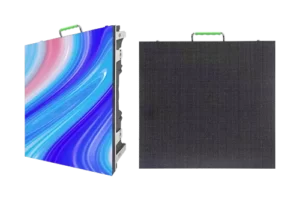


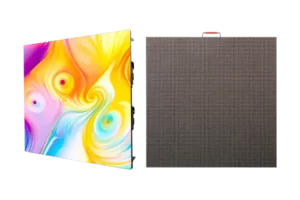
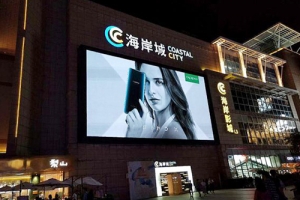


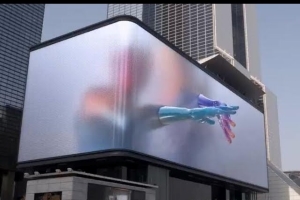
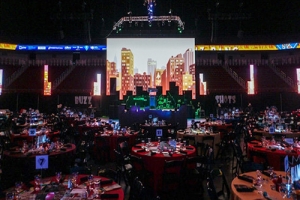

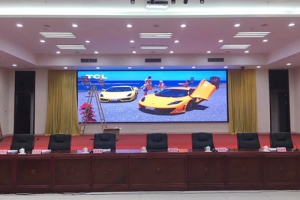
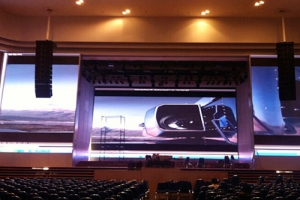
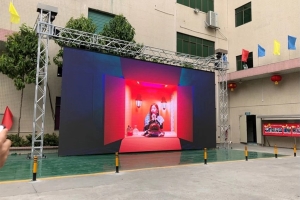
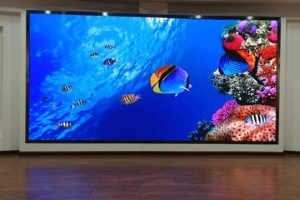
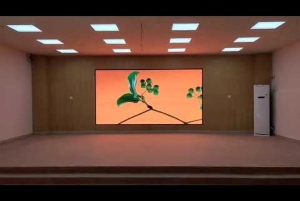
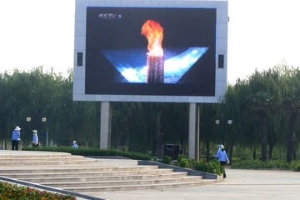


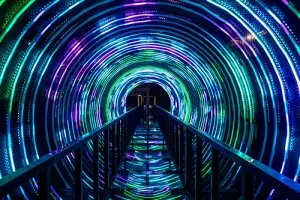


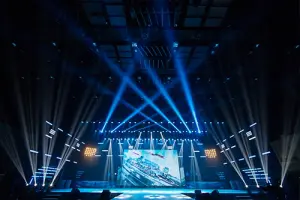
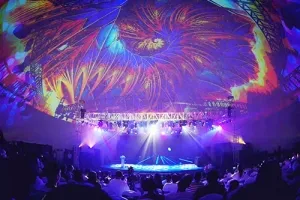
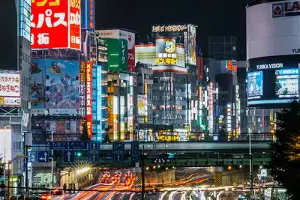
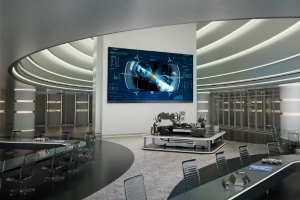



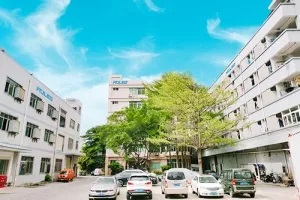


 Language
Language 




